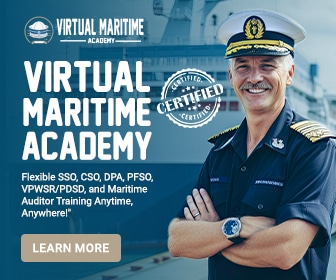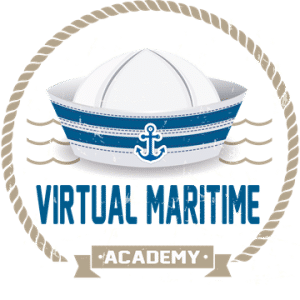Introduction to the STCW Convention
The Standards of Training, Certification, and Watchkeeping (STCW) Convention is a comprehensive set of regulations established by the International Maritime Organization (IMO) to ensure that seafarers worldwide are adequately trained and certified. Adopted in 1978 and entered into force in 1984, the STCW Convention represents a significant milestone aimed at promoting safety at sea and protecting the marine environment.
Core Objectives of the STCW Convention
The primary goals of the STCW Convention include:
- Establishing a standard framework for training and certification of seafarers across the globe.
- Ensuring that seafarers possess the necessary skills, knowledge, and experience for safe and efficient ship operations.
- Promoting and enhancing maritime safety and environmental protection.
Main Provisions of the 1978 STCW Convention
The original 1978 STCW Convention laid down minimum standards for training, certification, and watchkeeping. These provisions required seafarers to undergo specific training programs recognized by their flag states. Furthermore, the Convention emphasized continuous professional development, ensuring that maritime professionals remained competent throughout their careers.
The 1995 Amendments: The STCW Convention Revamped
Recognizing the need to adapt to the evolving maritime landscape, the IMO adopted substantial amendments in 1995. These amendments, entering into force in 1997, formed the basis of the modern STCW regime:
- Mandatory Training and Qualification Standards: The 1995 Amendments introduced more detailed mandatory requirements for various types and levels of training and certification programs.
- Quality Assurance: The amendments mandated flag states to implement quality standards systems (QSS) for training institutes to ensure consistency and high standards.
- Revalidation: Seafarers were required to periodically revalidate their certificates, emphasizing continuous learning and adaptation to new maritime technologies.
The 2010 Manila Amendments
The next major overhaul, known as the Manila Amendments, was adopted in 2010 and came into force in 2012. These amendments introduced several critical updates:
- Updated Competency Requirements: Reflecting advancements in marine technology, the Manila Amendments updated competency standards to include modern equipment and practices.
- Medical Standards: The amendments introduced more rigorous medical fitness standards for seafarers to promote health and safety at sea.
- Security Training: New requirements for security training were included to equip seafarers with the knowledge to handle potential security threats and instances of piracy effectively.
- Rest hours: The amendments standardized mandatory rest hours to prevent fatigue and promote safety.
Benefits of the STCW Convention and Its Amendments
Several benefits have emerged from the implementation of the STCW Convention and its subsequent amendments:
- Enhanced Safety: Higher standards of training and certification have significantly contributed to safer shipping operations.
- Uniform Standards: The Convention has created a level playing field for seafarers and shipping companies, ensuring uniform training standards globally.
- Environmental Protection: By ensuring well-trained crews, the Convention indirectly contributes to better environmental practices, reducing the risk of maritime accidents and pollution.
- Continuous Improvement: Periodic reviews and updates to the STCW ensure that the training standards evolve along with advancements in maritime technology and practices.
Compliance and Enforcement
The responsibility for implementing and enforcing the STCW Convention lies significantly with flag states and port states. Flag states are required to oversee the training and certification of seafarers aboard their vessels, ensure adherence to the standards, and conduct regular inspections. Port states have the authority to inspect foreign ships at their ports, checking for compliance with STCW standards through port state control (PSC) inspections.
Challenges and the Path Forward
Despite the robust framework, several challenges remain. Ensuring uniform application of standards across different countries, combating fraudulent certification, and adapting to rapidly changing maritime technologies are ongoing issues.
To navigate these challenges, the IMO continues to work with member states and stakeholders, fostering cooperation and encouraging further amendments to address present and future needs.







